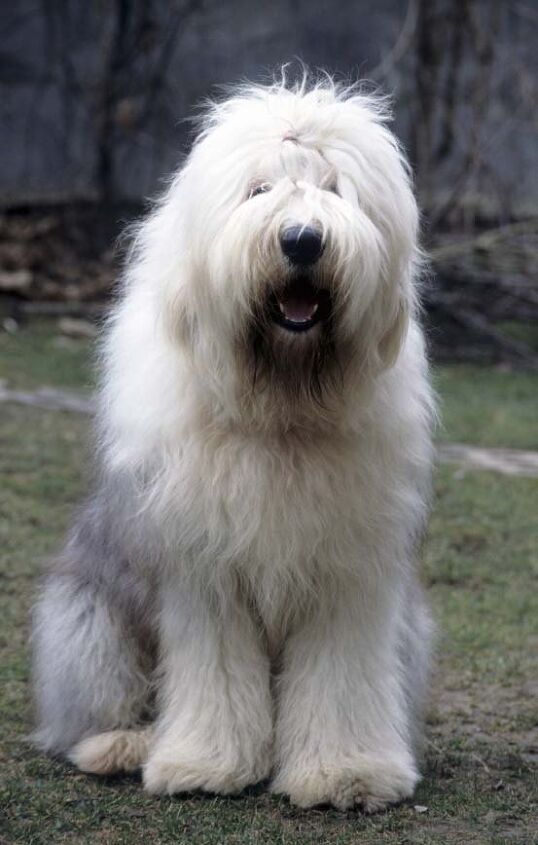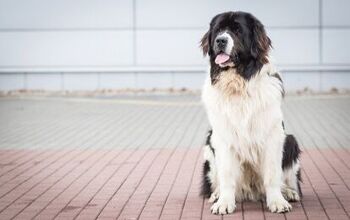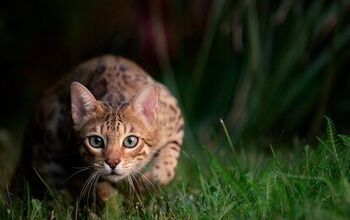Old English Sheepdog


About Old English Sheepdog
Although the coat of the Old English Sheepdog, also known as an OES, can be a bit deceiving, you might be surprised at just how strong and sturdy this breed of dog is. Typically we associate longer, puffier coats as belonging to those in the toy group or indoor dogs. But the Old English Sheepdog has a stronger personality than that and can be considered a durable, loving companion. Its strong personality makes it flexible to a number of social situations and they generally can be considered a “happy” breed that is able to make the best of new or unusual situations.
Of course, with a firmer dog a firmer owner will be required. You can’t treat the Old English Sheepdog like a toy breed or ready-made companion on level with the pack leader of the house or else the Old English Sheepdog will begin to think its boundaries are larger than they really are. This is the case for many stable, sturdy breeds of dog and the Old English Sheepdog is no exception. If that sounds good to you, than the OES might just be the right breed for you.
The Old English Sheepdog can be considered a durable, loving companion.
These dogs are, of course, English, having originated in the western section of that country as an aid to many farmers who worked exclusively off the land. As a sheepdog, the Old English Sheepdog was definitely a sheep herder and assisted with handling the other animals on the farm, perhaps a good explanation for why it has a generally assertive, easy-going personality that gets along well with others.
The tails of the Old English Sheepdog would actually be clipped off for tax purposes in old England, giving this breed the nickname of “bobtails.” That’s not all that would come off this breed – when the sheep were being sheared, the Old English Sheepdog was often clipped as well to produce good insulating blankets and other materials around the house.
Pedigree
There are a few theories on the pedigree of the Old English Sheepdog. According to the American Kennel Club, the OES is “is believed to have descended from the Scotch Bearded Collie and the Russian Owtchar.” Other theories give relation to the Poodle and even the Deerhound.
Whatever the pedigree, there’s no denying the breed that has come before us: a thick-haired, strong and happy breed with a generally assertive personality. This probably reflects their general pedigree as workers and sheep herders, and certainly reflects their relatively clean lineage of both service to farmers and companionship.
A good diet for the Old English Sheepdog will include lean meats and whole foods. While this dog is relatively larger, keep in mind that it is still about a half or a third size of most humans and requires a similarly small diet. It can be hard to tell if your dog is gaining weight because of its thick coat.
The temperament of the Old English Sheepdog is quite friendly and happy, and although they have a reputation as being strong-willed at times.
As with many assertive and sometimes strong-willed breeds, the training will be crucial. Old English Sheepdogs come from a clear hierarchy both in dog packs and in the farming structure in western England, which means they need to feel like they have a place within your home’s own hierarchy. Good training, setting boundaries, and even giving your Old English Sheepdog a job to perform are all good ways of establishing this hierarchy.
A particularly weak-willed owner can sometimes find the Old English Sheepdog to be a handful, especially as the dog gets older and becomes more set in its ways.
These dogs can be deceptively heavy, perhaps because some people expect them to be all hair. As it is, males can reach up to 85 pounds and females aren’t far behind at up to 60 pounds.
Temperament / Behavior
The temperament of the OES is actually quite friendly and happy, and although they have a reputation as being strong-willed at times, a properly trained OES will get along with all members of the family, even children. Because of its strong herding instinct, it may at times attempt to herd you and other people, so it must be taught at all times that it is not appropriate to herd humans. Imagine the message of “it’s okay to herd us” sends – you aren’t exactly the pack leader in that case.
These dogs frequently see cases of Immune Mediated Hemolytic Anemia, as well as hip dysplasia and cataracts.
Expect your OES to live about 10-12 years on average.
The OES certainly requires a good amount of space to really feel like it’s at home, which is why the old English farms were perfect places for these dogs to feel needed. These dogs have a good tolerance for walking and even running, but keep in mind that you’re taking your dog for a walk and it’s not taking you for a walk.
Because of its strong herding instinct, the Old English Sheepdog may attempt to herd you.
Says the American Kennel Club: “the intelligent and agile Old English Sheepdog (OES) can easily complete any demanding task asked of him by a shepherd or drover.”
The coat is one of the distinguishing characteristics of the Old English Sheepdog. Big and puffy, the coat can be a number of colors, including gray, blue, and will often have a white section or spots. The texture could be described as “shaggy,” and this is certainly a prototype for a shaggy-looking dog. The problem with this coat is that it can lead to grooming and skin problems if not properly cared for at least about three times a week, so if you don’t enjoy that kind of work with your dog, you’ll want to find something with a shorter coat.
Puppies should be properly trained to understand that humans should not be herded. Other boundaries must be set and it must be establish that humans take precedence in your household.

Amy Tokic, Editor of PetGuide.com, is a passionate animal lover and proud pet parent of Oscar, a Shih Tzu/Chihuahua cross, and Zed, a Japanese Chin. Her love of animals began in kindergarten, when she brought her stuffed dog Snoopy into class with her every day. Now, she writes about her adventures in pet ownership and tirelessly researches products, news and health related issues she can share with other animal enthusiasts. In her free time, Amy loves perusing used book and record stores, obsessing over the latest pet products available and chasing squirrels with wild abandon (a habit attributed to spending too much time with her pooches).
More by Amy Tokic

























